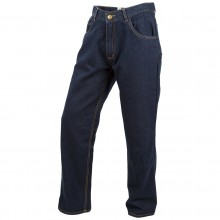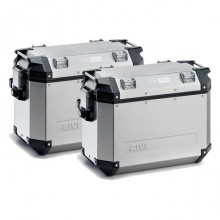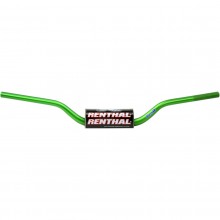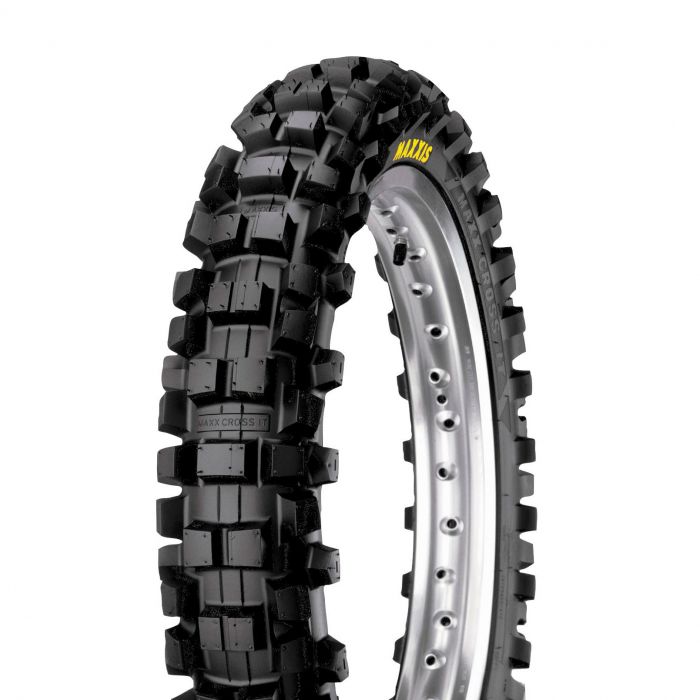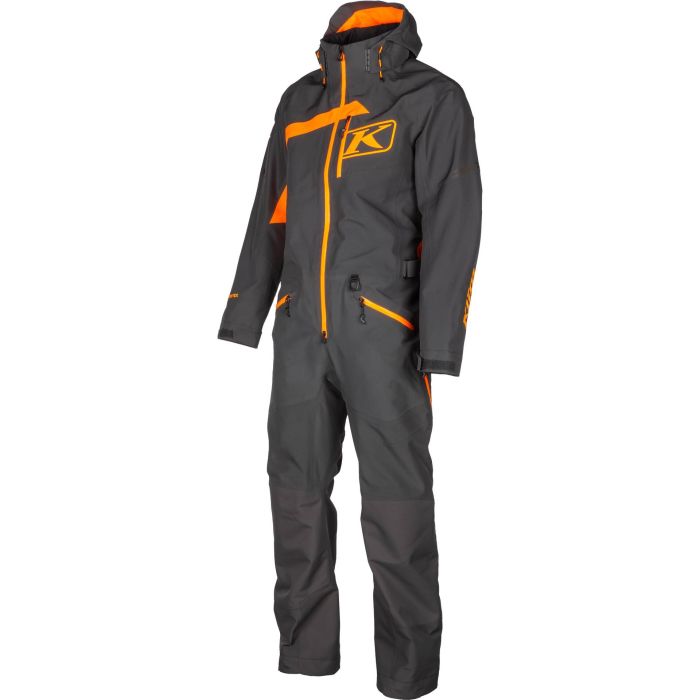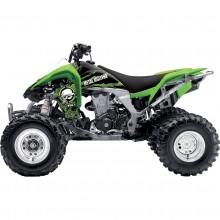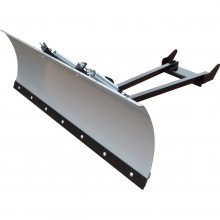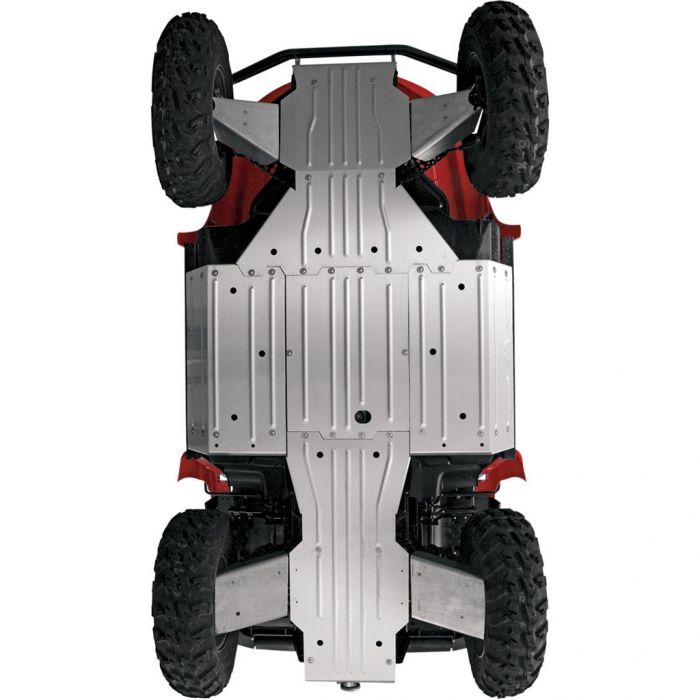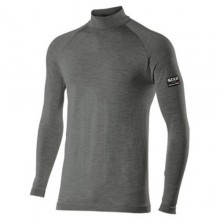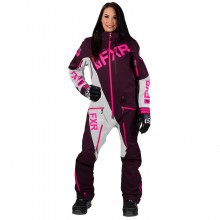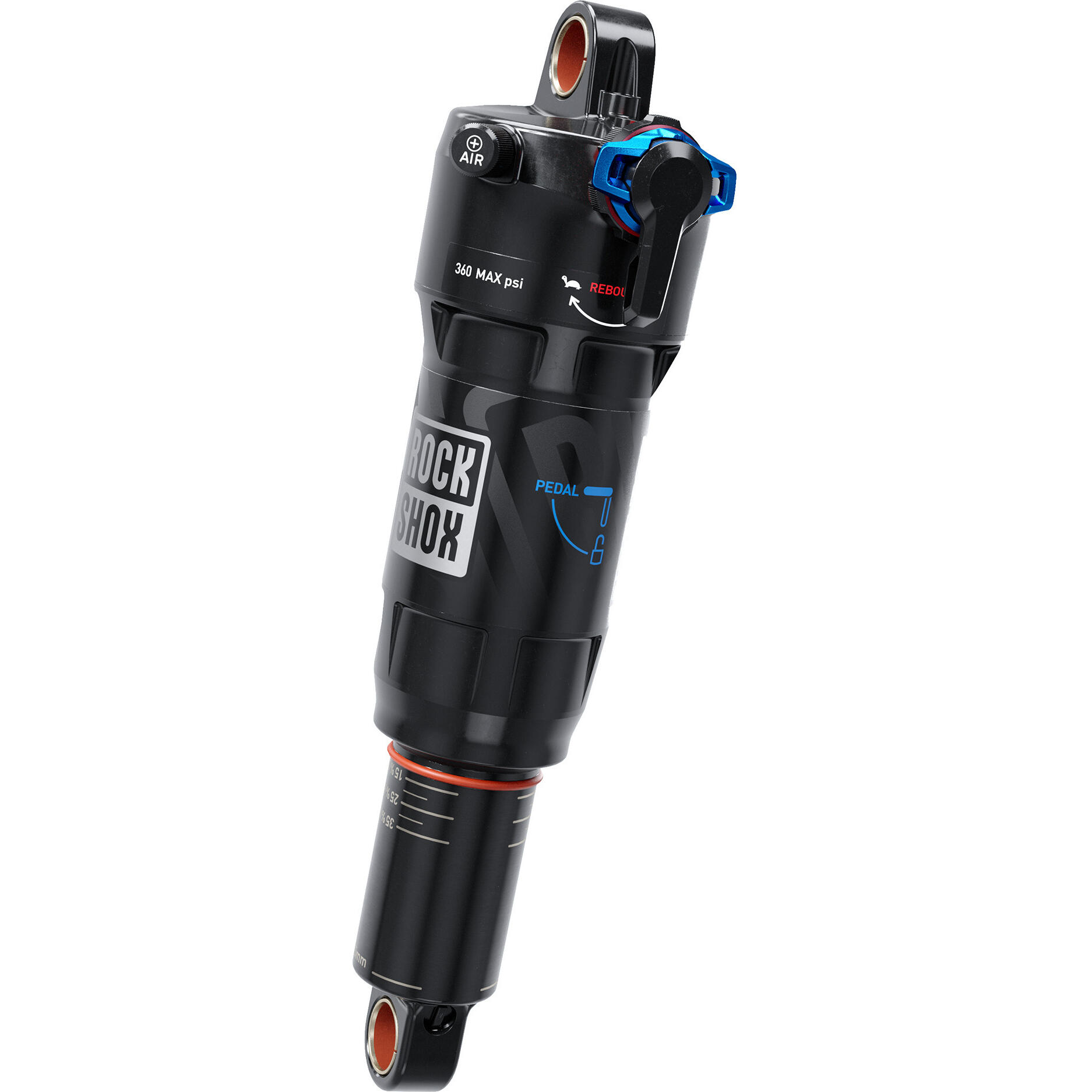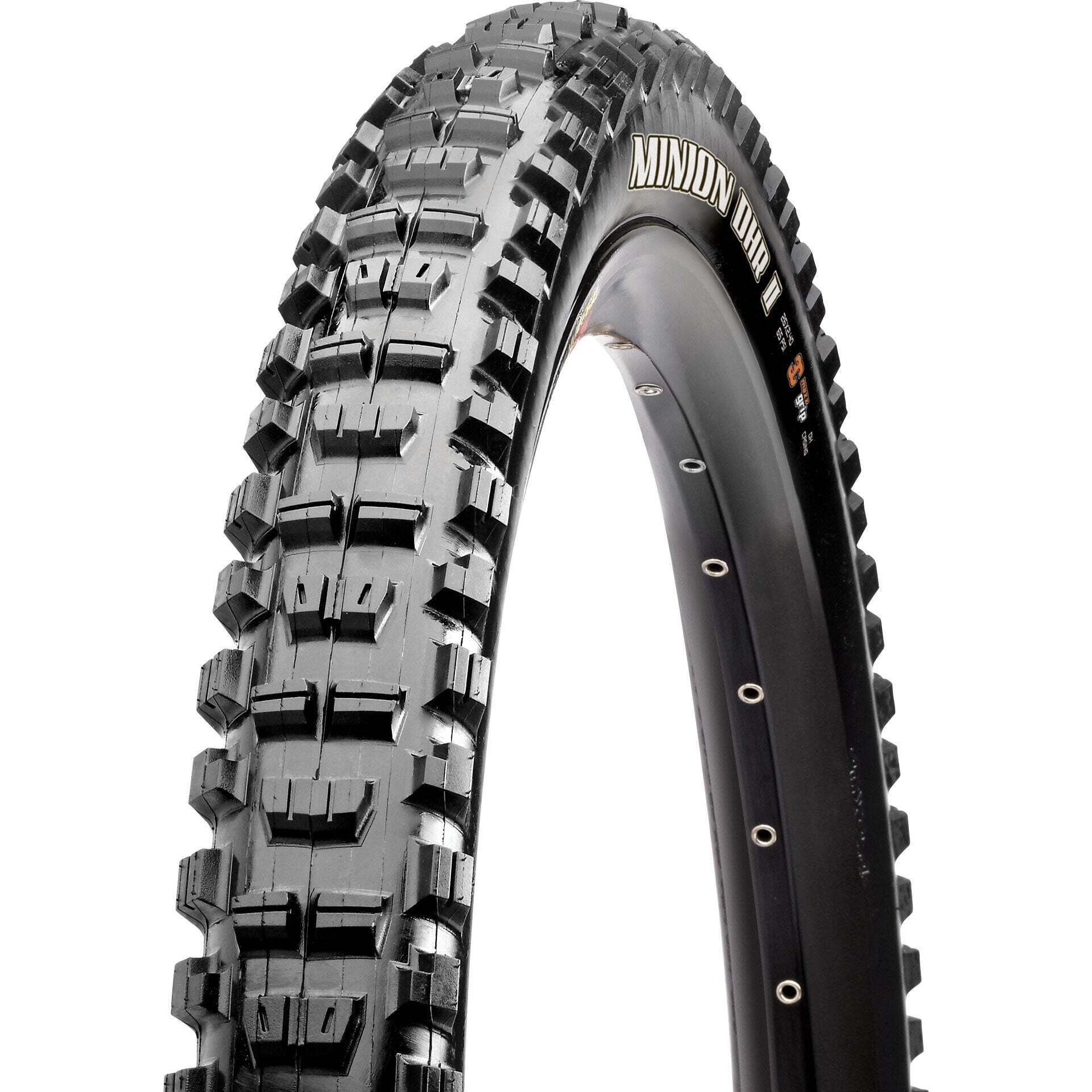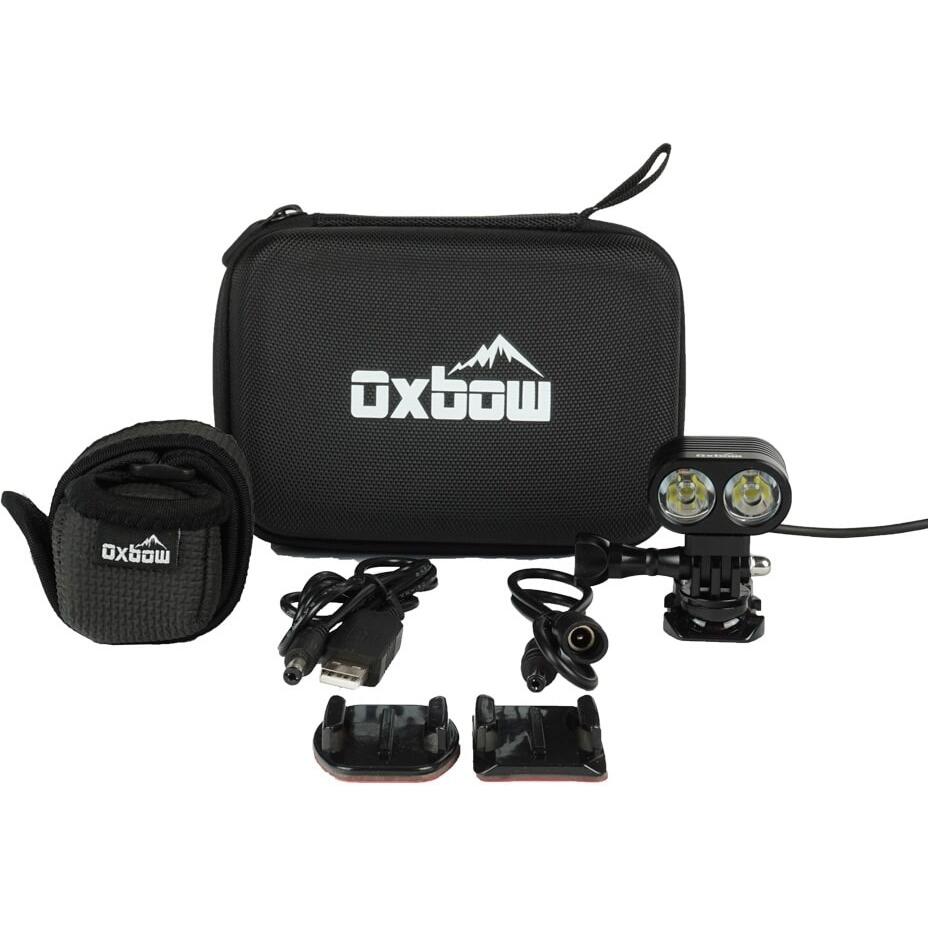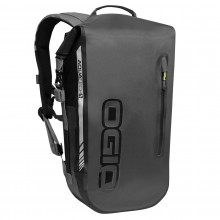[Video Transcript]
Hello! I’m RyanF9, this is a Biltwell Gringo, and today we find out how safe retro helmets really are.
Oh what a wonderful day to destroy something beautiful. The Gringo is famous for capturing that classic 1970s style. Hard on the outside, soft on the inside, and not a vent, visor, cowl or spoiler in sight. For such a basic bucket, the 200-dollar price tag is not as basic as it should be. Nonetheless, if you have a CB750, a flannel shirt and a beard, odds are you have one of these too. Our first test is waterproofing.
Well … this is gonna suck.
So the Gringo ain’t exactly ship shape. The shell might have only one opening but… it’s a biggie. That results in a failing grade for waterproofing, bringing us to the soundproofing test.
Wind noise will be supplied by the kind folks at Pelonis fans. And road noise will be supplied by the 1970s, since that’s the only language our Gringo understands.
So we recorded a peak of 100Db. When we ran the test outside of the helmet we hit 104Db, meaning the Gringo succeeded in cancelling only 4Dp of wind and road noise. That’s not very good soundproofing.
Oh Gringo, how did we get here? Already in Rambo’s corner and not a single passing grade to show for itself. And what comes next ain’t gonna be easy either. We shoot penetrating pellets at 500fps to test puncture strength… the ABS shell needs to survive 3 rounds or better to pass.
Now , we normally run the same test on the face shield but – whoa – the Gringo doesn’t have one. No matter, I’ve commandeered a Biltwell shield since a lot of people choose to add one. I’m tryin’ hard to give Gringo a chance here but damn if this ain’t the thinnest polycarbonate visor I’ve ever seen. Not suuure it’ll be enough.
Now we’re off to the batting cage to test impact and abrasion resistance, which should be interesting. See Biltwell gave this helmet an ABS shell, which can be cured two ways. Mold at low temperature and you’ll get solid impact and abrasion resistance. Mold at high temperature, and you’ll get a sexy gloss finish and high heat resistance. I wonder which way Biltwell did it… (picking up bat)
Looks like BryanF9 has more than a 50g headache. Maybe Biltwell will do better ‘round back.
Candid Reaction: Hey! A passing grade. I’m surprised to be honest. The Gringo is a super thin and light helmet at 1460g, so I don’t think there’s much EPS foam in here. But it did fine around back.
Candid Reaction: Nope … same result as in front. I think Biltwell might have valued their trendy gloss finish more than impact protection.
So , tripping the 50g stickers on two out of three tests means our Gringo fails for impact protection. Next up is abrasion resistance. Last time one of you commented that the grit and speed of our belt sander is a relevant thing to know, which it is. So we have XYZ grit in here – the roughest we could find to approximate asphalt. And the thing spins at about XYZ km/h… a nice gentle slide.
So as you can see, we’ve scraped right through to the EPS foam in 36s . That’s less than our 1m average, which gives a failing grade for abrasion resistance. Shame on you Biltwell.
Now this is Golf Town – a great place for testing chin bar strength and the worst place in the world to be a cantaloupe.
Unlike a lot of modern helmets, our Retro Gringo has no EPS foam behind the chin bar. Just a thin layer of quilted padding and a thinner layer of hopes and dreams. That allows the chin bar to sit closer to your face, so the helmet looks closer to the original 1970 Bell Star, meaning the babes will want to squeeze closer on the back of your café racer. Or something like that.
Damn … check out this damage. With no EPS foam the chin bar just caved right in. The proof is in the pudding and my golf club has certainly turned the cantaloupe into pudding. Thin chin bars look cool but damn. Fashion is pain guys.
So a failing grade for chin bar strength brings us to heat resistance. And for the first time today, I actually expect this to go well.
You see , the ABS shell is glossy and not that impact resistant, as we found out. So it was probably molded quite hot, and that results in a good heat resistance. Yep, having a hard time getting through there but surprisingly the shell is sustaining a burn by itself. Also, because there are no vents on this helmet, there aren’t any ways for me to cheat and get fire down into the always-flammable EPS foam. So I actually have to burn through the shell and that’s hard. Of course burning your face wouldn’t be all that hard, haha. Let’s get the padding through their, rubber O-rings, aw yeah…
So the Gringo was not that heat resistant, it was surprisingly sustaining a fire after we took the blow torch off of it. And that brings us to FortNine’s ninth test – build quality.
We always ask the question “what still works” to assess build quality. But in the case of the Gringo… nothing had to work in the first place. I guess the 5-snap buttons are still attached if I want to throw a bubble shield on here. I guess the D-rings are still there. The Gringo still has a big hole to look through… it’s kind of a weird way to pass build quality but yeah – if you don’t put any moving parts on your helmet, there’s nothing that can go wrong. Nice job Biltwell.
A passing grade for build quality brings the total up to a remarkably terrible three . Three out of nine, 33.3 percent, not the best result we’ve seen… It was a wonderful day to destroy something beautiful. But as it turns out, something beautiful… it’s not so wonderful at getting destroyed.
Join us next week when we see how much safer leather jackets are than textiles. Until then, take care!





